HotSpots H2O: Trouble Areas Emerge as Summer Looms
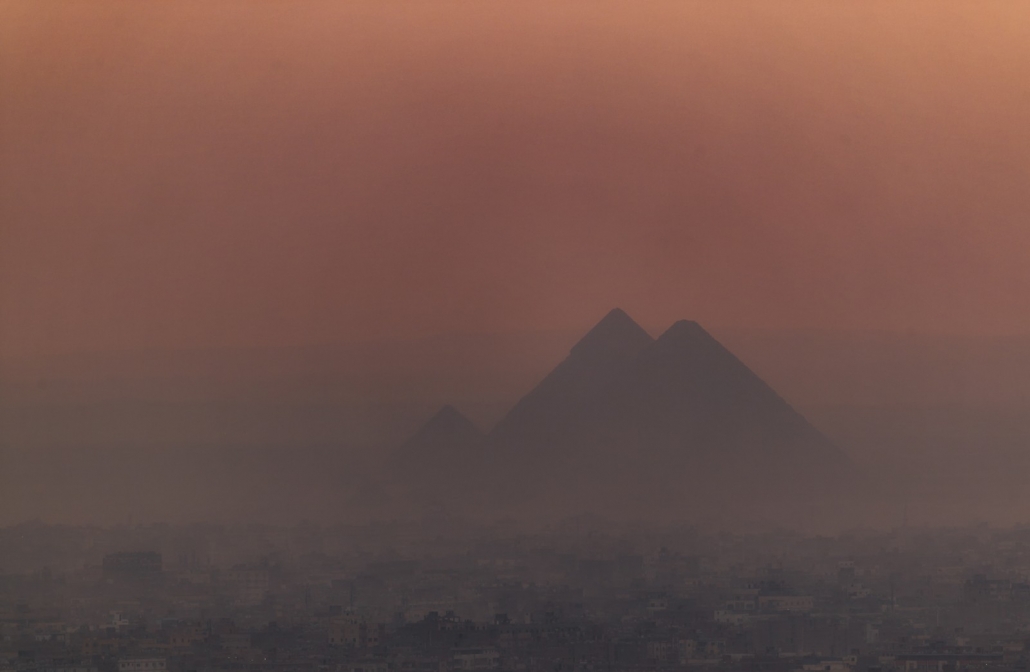
Eqypt and its cities like Cairo rely almost exclusively on the Nile for water supplies, yet experts say any unrest upriver in Sudan will have repercussions on Egypt’s water security. J. Carl Ganter / Circle of Blue
Sun-baked fields and dusty reservoirs dot the landscape of southern Spain. Travel east in the Mediterranean and Tunisia is cutting urban water service at night to conserve supplies amid a harsh, multi-year drought. In the Horn of Africa, meanwhile, aid agencies distribute emergency food rations to hungry families after several seasons of failed rains.
Access to water – or lack of it – is agitating existing conflicts, imposing economic losses, worsening hunger, and reshaping geopolitical relationships. Without policy interventions, many of the conflicts threaten to continue and worsen.
Tanya Heikkila, who studies conflict resolution in environmental programs and development projects, told Circle of Blue that an era of climate change requires new strategies for managing the swings between wet and dry.
“Water governance institutions of the past are not well-equipped to respond to the rapidly changing effects of climate change,” said Heikkila, the co-director of the Center for Policy and Democracy at the University of Colorado Denver.
The necessary changes take many forms, Heikkila added. Reconfiguring water sharing agreements, technological innovations in water access and treatment, and tools for assessing the near-term and long-term impacts of climate change on water supplies are just a sampling. “The time for more collective action at all scales of governance is here,” she said.
Climate shocks, despite the hazards they present, are not destiny, though. Florian Krampe, the director of the Climate Change and Risk Program at the Stockholm International Peace Research Institute, is optimistic that water managers and politicians can respond in the future as they generally have in the past – with cooperation.
“While there is an increased risk of water-related conflict, it is important to stress that overall cooperation around scarce water resources is much more common than conflict,” Krampe said. “As such it is important to find ways to support cooperative solutions that increase people’s livelihoods and allow for effective water management and governance with potentially peace-positive outcomes.”
As the northern hemisphere enters a pivotal summer season, when the absence of rain in vulnerable areas can mean life or death, these are some of the regions to watch for water-related stress.
Spain
Spainiards just witnessed their hottest and driest April ever recorded, prompting the government to take dramatic action to prevent social and economic upheaval in the coming months. The government passed a €2.2bn ($2.4 bn) plan to help farmers and other water consumers manage drought. The entire country has been in drought since January 2022, but the Catalonia region especially has seen massive decreases in its water supplies. In that region, government authorities mandated a 40 percent reduction in water for agriculture, a 15 percent decrease for industries, and a 20 liter cut in the average daily supply per resident. According to the Coordinator of Farmers’ and Ranchers’ Organizations, Spain will see “irreversible losses” to 3.5 million hectares of crops. Currently, reservoirs in the food-producing region of Andalusia have water levels of just 30 percent. If there is no significant change in the drought, Seville, the regional capital, could see drinking water restrictions this summer.
Alberta, Canada
Alberta is currently battling roughly 90 wildfires, a quarter of which are categorized as out of control. Over 30,000 people have been pushed from their homes due to fire risk. The Canadian government’s April drought assessment notes that Alberta has seen persistent precipitation deficits, and that 34 percent of the country is experiencing abnormally dry and/or drought conditions. The province, which produces 80 percent of Canada’s oil, declared a state of emergency as energy companies made the decision to shut in over 3 percent of Canada’s oil output as a protective measure against the fires. The province is also a farming region, and cattle ranchers who are already dealing with drought fear that the fires will further set back forage crops that feed their cattle. According to DTN ag meteorologist John Baranick, hotter and drier conditions threaten to stoke the fires. Alberta’s fire season this year has already been active. During a press conference, Christie Tucker, the information unit manager with Alberta Wildfire, said that nearly 426 wildfires had burnt 433,000 hectares in Alberta alone this year already.
Tunisia
Now in its fourth year of severe drought, Tunisia has taken dramatic steps to conserve water. Sondede, the state water distribution company, started cutting water supplies in April every night between 9 pm and 4 am. Additionally, the agricultural ministry banned the use of water for irrigation, watering green spaces, and washing cars. Farmers, who account for 75 percent of Tunisia’s water consumption, are concerned about the drought’s impact on the harvest. “This year’s cereal season will be catastrophic – there won’t be a harvest,” Anis Kharbech, a spokesperson for the Tunisia Federation for Agriculture and Fisheries, told Tunisian media. The country’s reservoirs are currently 30 percent short of capacity, and old infrastructure leads to water losses. According to the Worldwide Fund for Nature (WWF), some 30 percent of the country’s water leaks from pipes before it reaches a tap. “This is as bad as we’ve seen,” Jamel Jrijer, director for WWF North Africa said to The Guardian. “This was predicted as far back as the 1970s but we’ve never really seen any action. Matters deteriorated after the revolution, where successive governments promised everything but did nothing.”
France
In the town of Sainte-Soline in western France, protests in early spring against the construction of a farm reservoir turned violent. The demonstration on March 25 led to 200 injured protestors, with 40 injured seriously. Forty-seven police officers were also injured. According to local authorities, about 6,000 people demonstrated against the reservoir. Protest organizers, however, say that more than 25,000 people were present. The reservoir, also known as a megabasin, resembles a massive in-ground swimming pool. Water is pumped into these basins in the winter so that farmers can use it for spring and summer irrigation. Farmers see the proposed megabasins as necessary to ensure their livelihoods: “It is essential that this succeeds in our area, where half of the irrigated farms will disappear. Without a replacement reserve, we cannot guarantee agricultural production on a national level,” said one farmer speaking to TF1. Opponents say that the reservoirs are forms of water theft and unequal water sharing practices. Additionally, due to evaporation, the megabasins lose around 20 percent of their water, alarming environmentalists.
Horn of Africa
Severe drought in the Horn of Africa has produced a refugee crisis that puts millions at risk of increased violence. More than 36 million people in Ethiopia, Kenya, and Somalia are currently living in severe drought conditions. Some 1.7 million people have fled their homes, often settling in refugee camps. The majority of those displaced in camps are women and children. The drought poses a unique risk to women, who are responsible for finding water, caring for their children, and safeguarding themselves from violence. Getting enough to eat is difficult, and women who are pregnant and breastfeeding are at risk of malnutrition, potentially causing complications to their pregnancies and newborns. According to a UNFPA report, the region has seen a more than 50 percent increase in child marriage and female genital mutilation from 2021 to 2022. Drought again plays a role as limited resources push families to seek out marriages for their daughters. Political violence in the region restricts humanitarian access to refugee camps.
Mali
The Inner Niger Delta has become a hotspot for two compounding crises: political conflict and water scarcity. The delta provides essential resources for Mali — 15 percent of the country’s cereals, 80 percent of the national fish trade, and 30 percent of rice production. The delta region also feeds 60 percent of the nation’s livestock. Land and water have become increasingly scarce due to impacts of climate change and upstream water management decisions. Farming, fishing, and pastoralist communities in the region quarrel due to increased competition over limited resources. Water scarcity is intertwined with political conflict. Numerous armed groups and militias use the region as their operations center, including radical Islamist groups. Hamsala Bocoum, the regional representative of Tabital Pilaaku, the main Fulani group in Mali, told the Water, Peace, and Security partnership about the danger. “The Inner Niger Delta is a ticking bomb,” he said.
Haiti
A series of natural disasters in Haiti – Hurricane Matthew in 2016 and a magnitude 7.2 earthquake in 2021 – damaged the country’s water systems. Amid recent protests and gang violence, residents have struggled to maintain consistent access to clean water. The turmoil worsened a cholera outbreak that began last year. Though new infrastructure is steadily being built, maintenance failures have rendered sanitation systems unusable. In the 2022 database of the Integrated Drinking Water and Sanitation Information System, only 51 percent of the country’s improved water source facilities were working. Only 41 percent of those that served rural areas were functional. Conflict within the nation exacerbates infrastructure failures. Residents in larger towns and cities are forced to stockpile water at home. Many are forced to travel many miles to collect water, and some residents report putting Clorox in their water to make it drinkable.
Sudan, Egypt, and the Grand Ethiopian Renaissance Dam
Fighting between rival generals in Sudan threatens to affect the controversial Grand Ethiopian Renaissance Dam (GERD), which Ethiopia built upstream on the Nile’s main tributary in 2011. The construction of the dam on the Blue Nile has caused conflict between Ethiopia and its downstream neighbors, Egypt and Sudan. As of late January 2023, Sudan’s de-facto leader Abdel Fattah al-Burhan and Ethiopia’s government came to an agreement over the dam, while Egypt still views the dam as a threat to its water security. Fighting in Sudan is not helping the region’s politics. Nasreddine Allam, former Egyptian minister of water resources and irrigation, told Asharq al-Awsat that any unrest in Sudan will have repercussions on Egypt’s water security. Both Egypt and Sudan worry that Ethiopia will have complete control of the passage of water through the GERD during periods of drought, which would affect millions in the two downstream countries. Egypt’s Minister of Foreign Affairs Sameh Shoukry raised his country’s concerns nearly two years ago in an address to the UN Security Council. “It is not an overstatement to affirm that, for Egypt, the GERD is an existential threat,” Shoukry said.

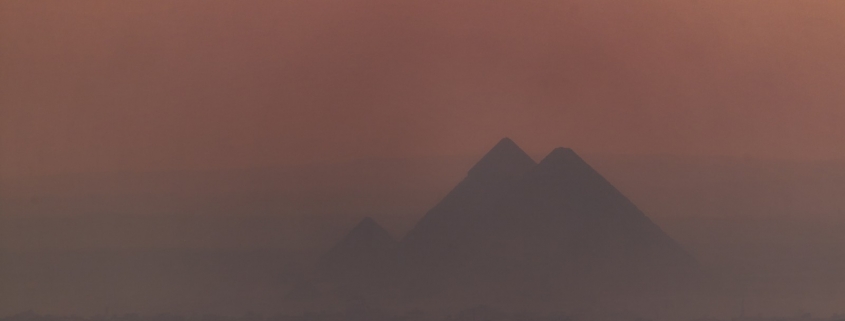
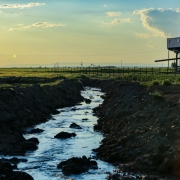
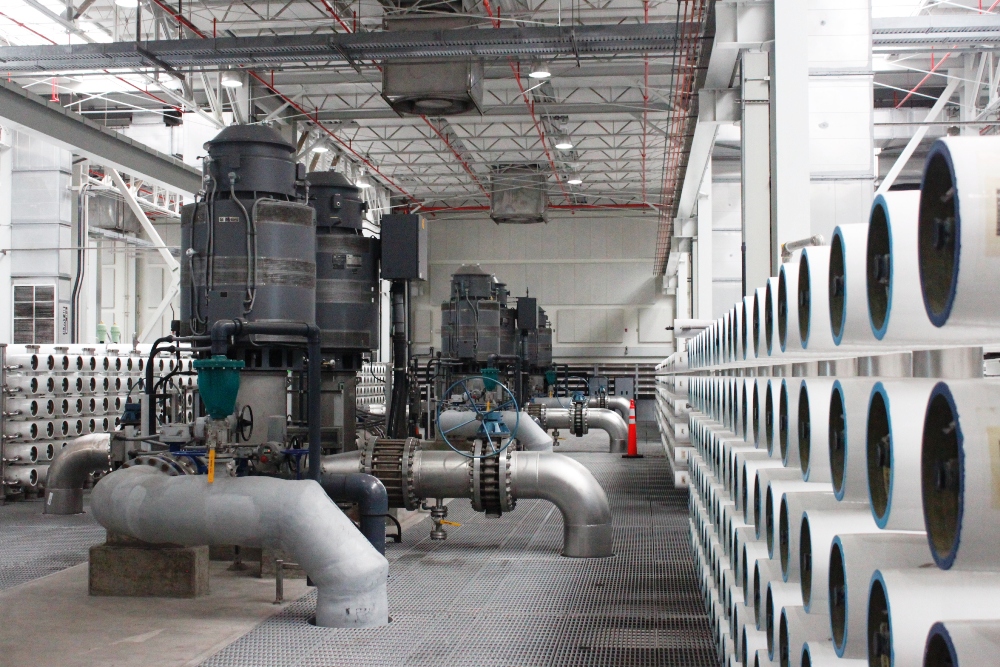

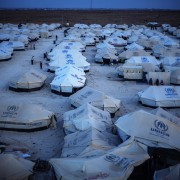
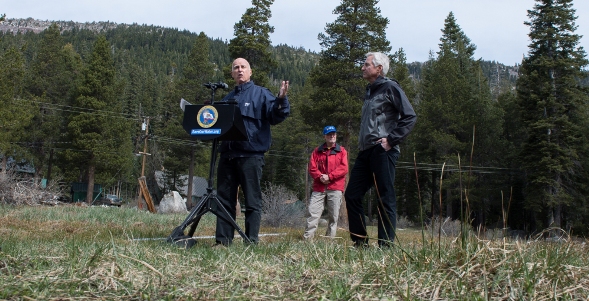
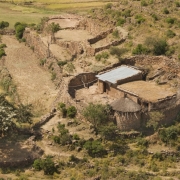


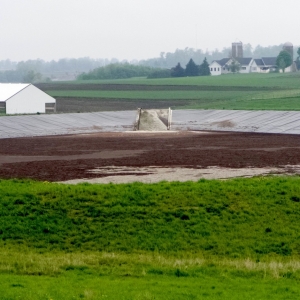
Leave a Reply
Want to join the discussion?Feel free to contribute!